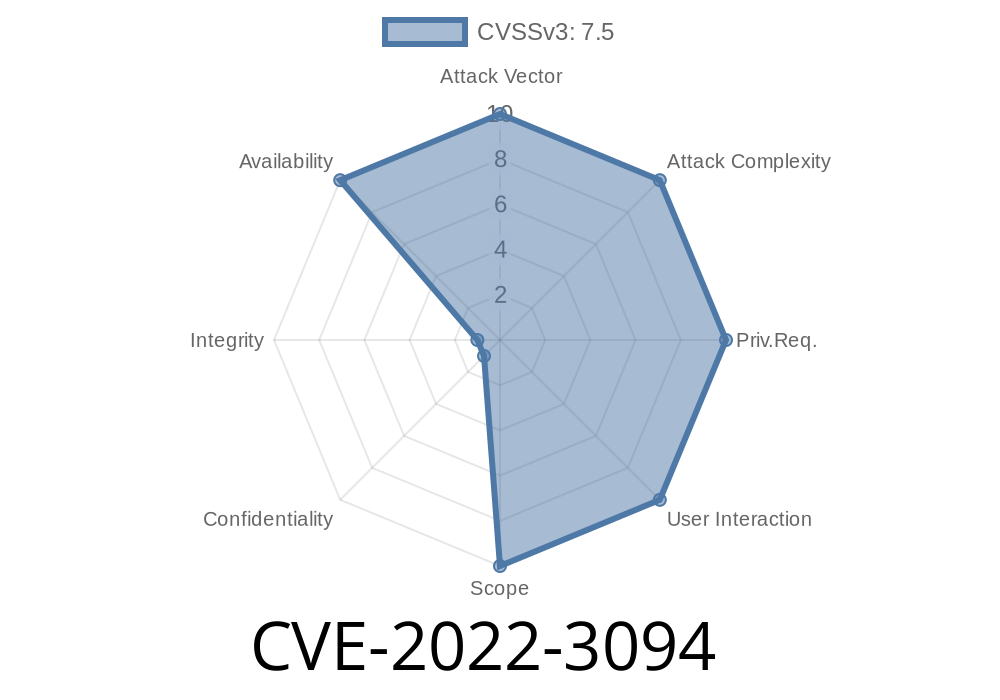A recently identified vulnerability, referenced as CVE-2022-3094, affects the named process used in BIND 9 services. An attacker may exploit this vulnerability by sending a flood of dynamic DNS updates, causing the named process to allocate large amounts of memory, potentially leading to a crash due to a lack of free memory.
9.16.8-S1 through 9.16.36-S1
BIND 9.11 and earlier branches are affected to a lesser extent, with internal resources exhaustion instead of memory constraints.
Exploit Details
Exploiting this vulnerability requires the attacker to have access to trusted clients permitted to make dynamic zone changes. The memory allocation takes place before checking access permissions (ACLs) and is retained during the processing of a dynamic update from a client with accepted credentials. If an update is refused, the memory will be released quickly.
The impact of this vulnerability can be mitigated by closely monitoring the allocation of memory resources and identifying potential malicious activities.
A basic example of a script that might be used in an attempt to exploit this vulnerability
# Attacker script example
import socket
import random
def send_dyn_update(server, zone, record, _type):
# DNS update payload generation
payload = ... # crafting DNS update packet
# Send update to the server
with socket.socket(socket.AF_INET, socket.SOCK_DGRAM) as sock:
sock.sendto(payload, (server, 53))
# Usage example
target_server = '192..2.1'
zone = 'example.com'
record = 'dynamic.example.com'
record_type = 'A'
# Flooding with updates
for _ in range(100000):
send_dyn_update(target_server, zone, record, record_type)
Original References
- ISC BIND official website: https://www.isc.org/bind/
- CVE-2022-3094 vulnerability details: https://kb.isc.org/v1/docs/cve-2022-3094
Implement proper access control lists (ACLs) and authentication mechanisms for dynamic updates
In conclusion, CVE-2022-3094 is a memory exhaustion vulnerability that could lead to performance degradation or crashes in the named process when processing a large number of dynamic DNS updates. Maintaining access control and monitoring memory usage can help to limit the potential impact of this vulnerability.
Timeline
Published on: 01/26/2023 21:15:00 UTC
Last modified on: 02/03/2023 18:24:00 UTC
